Dreaming of an idyllic tropical getaway? Look no further than the beautiful Philippines, a stunning archipelago that offers both pristine beaches and lush rainforests. But before you pack your bags and board the plane, it’s essential to know the Philippines entry requirements in 2023, as well as the health and safety guidelines in place. So let’s dive in and ensure your trip is smooth sailing!
Short Summary
- Travelers must meet visa-free entry, vaccination status and may required COVID-19 testing requirements to enter the Philippines.
- Adequate documentation, and registration with eTravel Portal are essential for a successful journey.
- Obtain travel insurance, stay informed of entry requirements & safety guidelines and follow local laws when visiting the Philippines.
Table of Contents
Philippines Entry Requirements
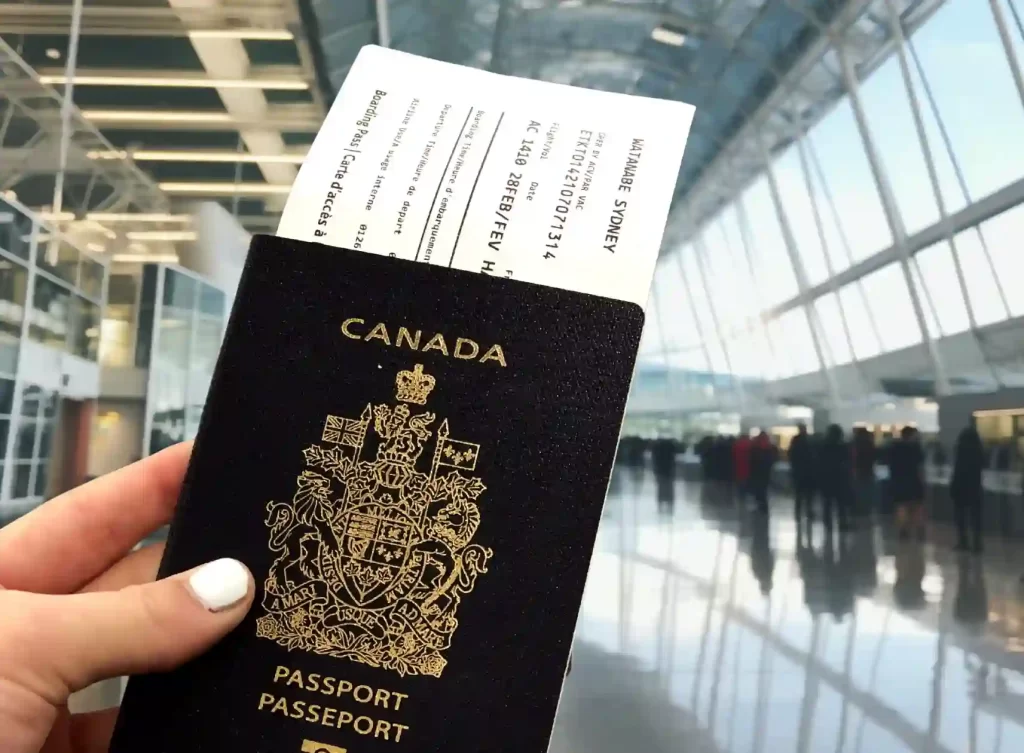
The Philippines, known for its captivating landscapes and rich culture, welcomes travelers. However, it’s vital to stay updated on health and safety protocols, including regional travel restrictions and quarantine measures, which may vary based on vaccination status and test results. Notably, as of July 21, 2023, the Public Health Emergency Memo and Orders have been lifted. Nevertheless, travelers should still exercise caution and adhere to any ongoing guidelines to ensure a safe visit.
For entry into the Philippines, travelers must also provide evidence of return or onward travel. Additionally, it is advised that their passport should be valid for at least six months from the intended date of entry. It’s essential to stay informed of any changes in entry requirements, as violating Philippine immigration laws can lead to serious consequences.
In summary, to enter the Philippines, you may need to meet specific visa-free entry, vaccination status, and COVID-19 testing requirements, depending on your nationality and personal circumstances. Stay informed and follow the guidelines set by the local authorities to enjoy a hassle-free vacation in this tropical paradise.
Visa-Free Travel
Citizens of certain countries, including the US and UK, can enjoy the convenience of visa-free travel to the Philippines. To qualify for visa-free entry, travelers must possess a valid passport and evidence of onward travel. It’s essential to comply with local laws and regulations during your stay to avoid any unwanted complications.
Travel insurance is highly recommended for all travelers, as it can cover overseas medical costs in case of emergencies. Don’t let unforeseen circumstances ruin your dream vacation – invest in comprehensive travel insurance to protect yourself and your loved ones.
Keep in mind that visa-free entry to the Philippines is subject to change, so stay updated by monitoring local media and consulting the nearest Philippine embassy for any updates on entry requirements and safety guidelines. By staying informed, you can ensure a seamless and enjoyable trip.
Vaccination Status and Entry
Travelers to the Philippines, regardless of their vaccination status, are welcome. The entry requirements have been updated to streamline the process for both vaccinated and unvaccinated individuals.
General Guidelines: Both vaccinated and unvaccinated travelers may enter the Philippines. For those who are unvaccinated, there is no longer a requirement for COVID-19 testing upon arrival. Fully vaccinated and asymptomatic passengers with a Green QR code can proceed directly to the Bureau of Immigration for clearance. However, a Red QR code will be generated for those who are either partially vaccinated or unvaccinated. These individuals will be subject to assessment by the Bureau of Quarantine.
It’s essential to note that these guidelines are subject to change. Travelers are advised to stay updated with the latest information from official sources or the Philippine Embassy in their respective countries. We hope you have a wonderful time in the beautiful Philippines!
For Vaccinated Travelers: If you’re fully vaccinated against COVID-19, which means you’ve received all necessary doses and waited the required two weeks post-final dose, your entry into the Philippines is more straightforward. You won’t need to quarantine upon arrival. To verify your vaccination status, ensure you have proof, such as a vaccination card or digital certificate, readily available during your travel.
For Unvaccinated or Partially Vaccinated Travelers: Unvaccinated or partially vaccinated travelers will be assessed by the Bureau of Quarantine upon arrival. It’s crucial to stay informed about any potential changes to the guidelines and adhere to the Philippine government’s regulations to ensure a smooth journey.
COVID-19 Testing Requirements
COVID-19 testing requirements vary depending on health concerns or the country of origin when traveling to the Philippines. If you fall into certain categories, you must present a negative rapid antigen test result. This test should be taken within 24 hours prior to departure from your port of origin and is at your own expense.
It’s crucial to follow the testing requirements, as failure to do so can result in denied entry or quarantine upon arrival in the Philippines. For travelers who test positive for COVID-19 upon arrival, they must adhere to the quarantine guidelines established by the Philippines’ Department of Health.
By complying with the COVID-19 testing requirements, you can ensure a safe and enjoyable trip to the Philippines while also minimizing the risk of spreading the virus.
Health and Safety Guidelines
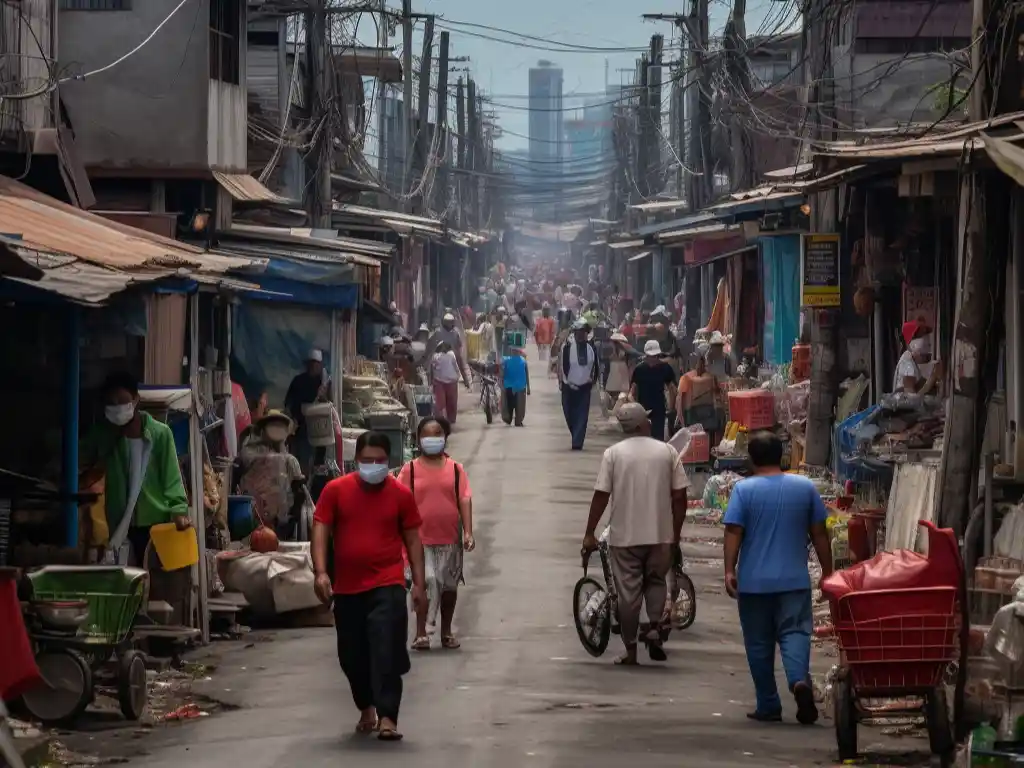
While the Philippines is a breathtaking destination, it’s essential to abide by the health and safety guidelines in place to protect both visitors and locals in major cities. These guidelines include regional travel restrictions and quarantine protocols that may apply depending on your vaccination status and test results.
Face mask requirements in the Philippines vary, but it’s generally recommended for the elderly, people with comorbidities, the immunocompromised, pregnant women, unvaccinated travelers, and anyone displaying COVID-19 symptoms to wear a face mask in healthcare facilities, medical transportation, and on all public transportation. By adhering to these guidelines, you can help minimize the risk of contracting or spreading COVID-19 during your trip.
Stay updated on the latest health and safety guidelines by monitoring local news, government websites, and social media for updates on entry requirements and safety guidelines. By staying informed and following local advice, you can ensure a safe and enjoyable trip in the Philippines.
Travel Restrictions by Region
While the Philippines is gradually reopening its borders, it’s important to note that travel restrictions may still vary by region due to local COVID-19 situations or security concerns. As a traveler, it’s crucial to monitor local media and stay updated on any changes in requirements and safety guidelines.
Before finalizing your travel plans, consult with tour operators or local contacts to ensure you’re aware of any region-specific restrictions or requirements. By staying informed and adapting your plans accordingly, you can make the most of your trip to the Philippines while minimizing any potential risks.
Quarantine Protocols
Depending on your vaccination status and test results, you may be subject to quarantine protocols upon arrival in the Philippines. Unvaccinated or partially vaccinated travelers, as well as those who test positive for COVID-19 upon arrival, may be required to follow quarantine guidelines set by the Local Government Unit.
It’s essential to follow the quarantine guidelines set by the Philippines’ Department of Health to ensure your safety and the safety of others. Failure to comply with these guidelines may result in penalties or legal consequences.
Before traveling, make sure you’re familiar with the quarantine protocols that may apply to you and plan your trip accordingly. By staying informed and following local guidelines, you can help protect yourself and others from the spread of COVID-19 during your visit to the Philippines.
Documentation and Registration
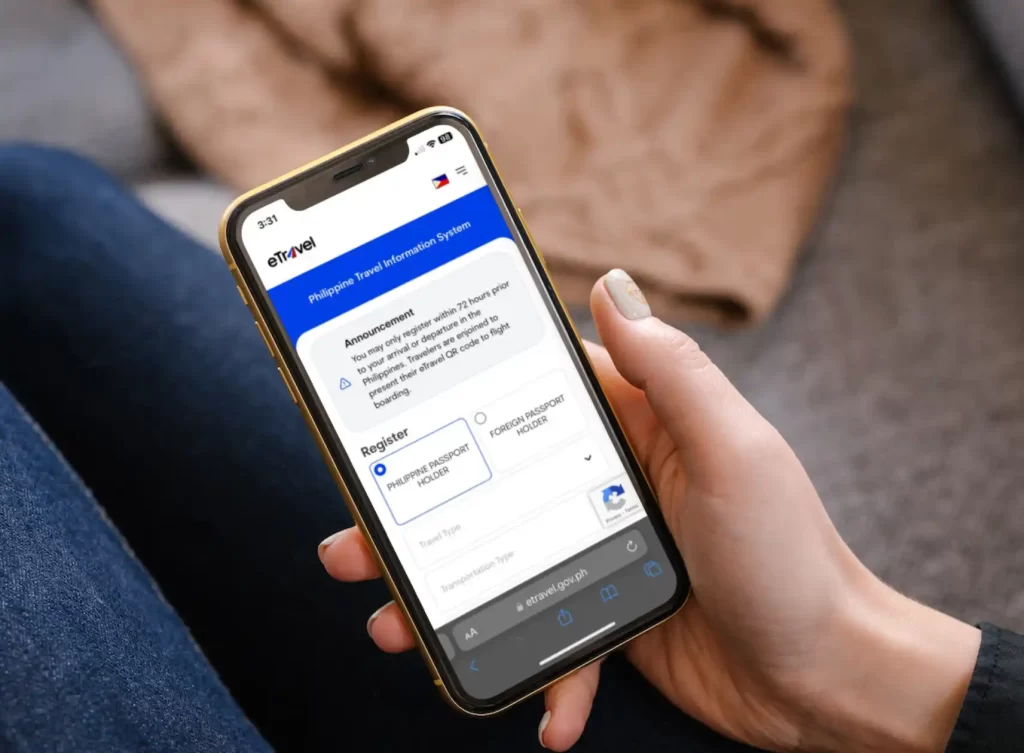
In addition to meeting the entry requirements and adhering to health and safety guidelines, travelers to the Philippines must also ensure they have the necessary documentation and registration in place. This includes registering with the eTravel Portal, providing proof of accommodation, and completing health declaration forms.
Proper documentation and registration are crucial for a smooth and hassle-free trip. Failing to comply with these requirements may result in denied entry or other complications during your stay in the Philippines.
By staying informed and following the necessary procedures, you can ensure your trip goes smoothly and avoid any potential issues. So let’s take a closer look at each of these requirements and how you can fulfill them.
eTravel Portal Registration
All travelers to the Philippines, including OFWs and seafarers, must now register with the eTravel Portal, which has replaced the One Health Pass. This registration is mandatory for everyone, regardless of nationality, and is free of charge. Be cautious of fraudulent websites, as the official eTravel Portal is the only legitimate site for registration.
While the presentation of COVID-19 vaccination status and certificates is no longer required for international arrivals, the issuance of the International Certificate of Vaccination for Yellow Fever and other vaccines may still be necessary for certain travelers, depending on agency or company requirements. Registering with the eTravel Portal is crucial for a smooth entry process, as it includes completing an electronic health declaration and receiving a QR code for Bureau of Quarantine validation. Failure to register may lead to complications upon arrival in the Philippines.
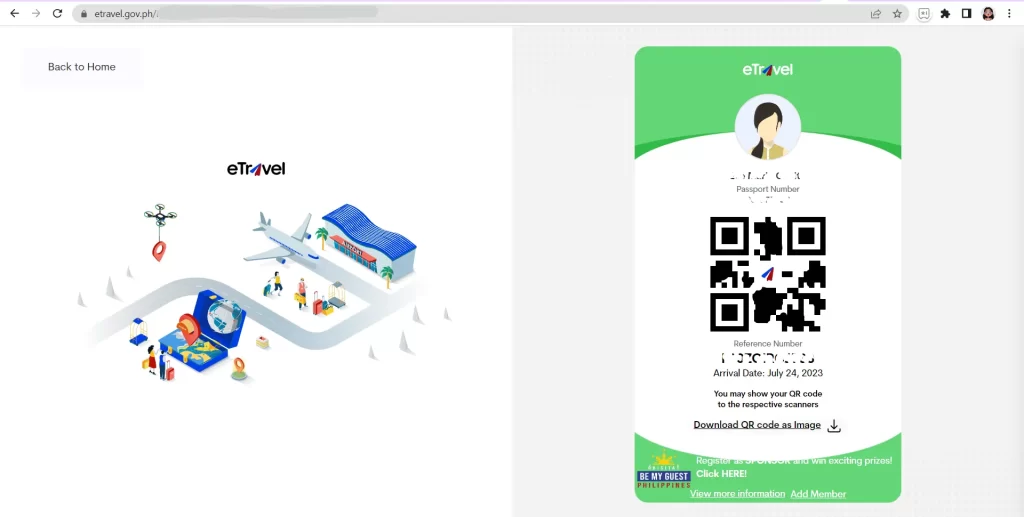
Here’s how to do it.
- Visit the official eTravel website at https://etravel.gov.ph. Ensure it’s the legitimate site as the eTravel QR Code is free.
- Begin registration on the homepage. Click the “Philippine Passport Holder” box and enter your transportation type, arrival date, and email. Agree to the data privacy terms and click “Continue”.
- Fill in your personal information including name, passport number, sex, birth date, citizenship, country of birth, and mobile number. If you’re of working age, specify your occupation. Click “Next”.
- Provide your detailed address, including your house or unit number. If you live in Metro Manila, select “National Capital Region” or “NCR”.
- Submit your travel details such as arrival date, country of origin, purpose of travel, flight number, airline name, airport of arrival, and traveler type. Click “Next”.
- Complete the Health Declaration Form, including your vaccination details and any history of exposure or illness in the past 30 days. Click “Next”.
- Review all the details you’ve provided. If everything is correct, click “Submit”.
- Download or screenshot your instantly received QR Code. You’ll need to present this upon arrival in the Philippines.
Note: A green QR Code means you’ve met all travel requirements and can use the express lane. A red QR Code requires manual verification by the Quarantine Officer. Remember, each QR Code is valid for one entry only. You’ll need to register again for subsequent travels.
Proof of Accommodation
When traveling to the Philippines, you may be required to provide proof of pre-booked accommodation at an accredited hotel or resort. This requirement ensures that you have a safe and secure place to stay during your visit and helps local authorities keep track of incoming travelers.
To fulfill this requirement, simply present a reservation confirmation or other documentation from an approved hotel or resort upon arrival in the Philippines. By providing proof of accommodation, you can help ensure a smooth entry process and enjoy a comfortable stay in this beautiful country.
Special Circumstances
While the entry requirements and guidelines outlined above apply to most travelers, there are some special circumstances to be aware of. These include entry requirements for children traveling without parents and transit passengers, which may differ from standard entry requirements.
Understanding these special circumstances can help you navigate any unique challenges that may arise during your trip to the Philippines. Let’s take a closer look at these situations and how they may impact your travel plans.
Children Traveling Without Parents
Non-Filipino minors, also known as foreign nationals, traveling without their parents may need additional documentation for entry into the Philippines. Children who are not traveling with a parent or joining a parent in the Philippines must present some proof of entry. This can be done by submitting an application for a waiver of exclusion ground (WEG). It is necessary in order to gain entry into the country.
In addition to the WEG, the parents of unaccompanied minors must submit an ‘affidavit of support’ to the closest Philippine Embassy or Bureau of Immigration. This document serves as a guarantee that the child will be cared for during their stay in the Philippines.
If you’re planning a trip for a child traveling without their parents, be sure to obtain all necessary documentation well in advance to avoid any complications upon arrival in the Philippines.
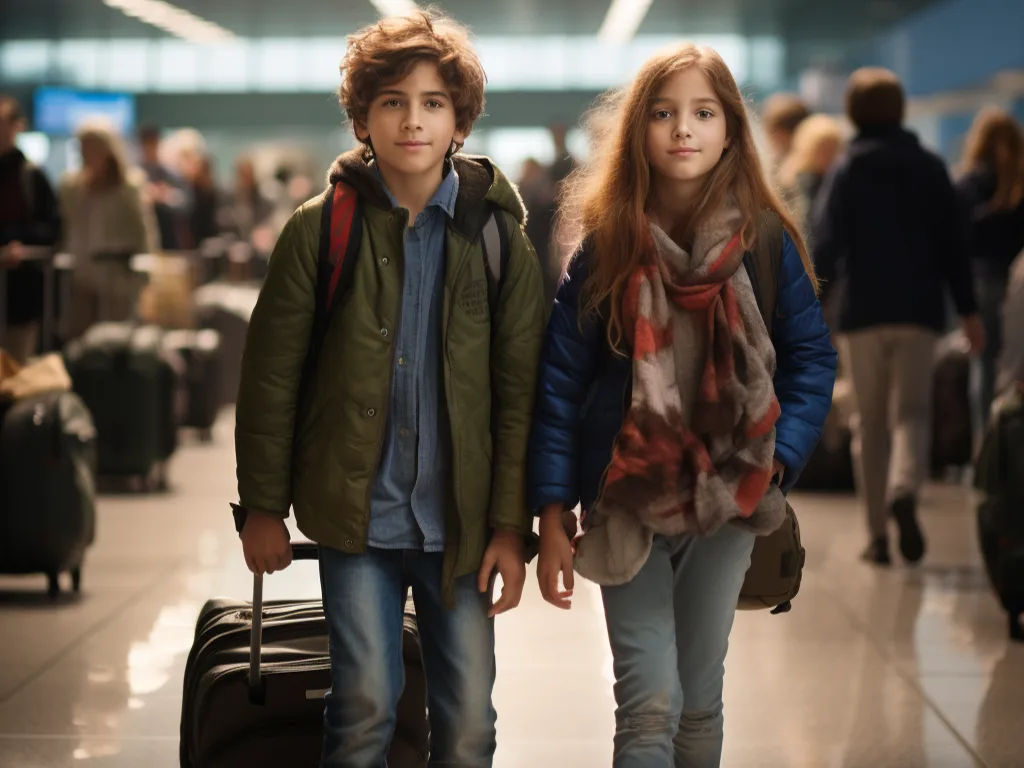
Transiting Through the Philippines
Transit passengers may also need to meet specific entry requirements, even if they are only clearing immigration for a short period. For example, transit passengers must provide evidence of full vaccination against Covid-19 and register and complete the eTravel Portal.
By understanding the unique entry requirements for transit passengers, you can ensure a smooth and hassle-free journey through the Philippines. Be sure to stay informed and follow local guidelines during your transit to make the most of your time in this beautiful country.
Precautions and Tips
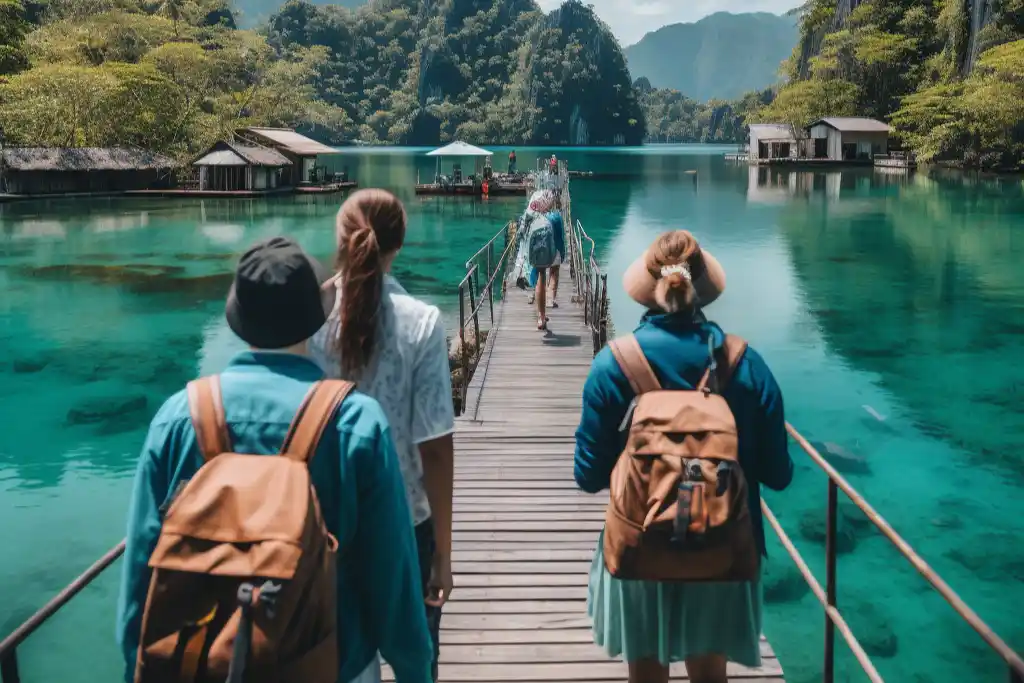
To make the most of your trip to the Philippines, it’s essential to take certain precautions and stay informed about the latest entry requirements and local guidelines. First and foremost, consider obtaining travel insurance to cover any unexpected medical expenses during your stay. Medical facilities in the Philippines may vary in quality, especially in remote areas, so having adequate coverage can provide peace of mind and financial protection in case of emergencies.
Additionally, it’s crucial to stay updated on the latest entry requirements, health and safety guidelines, and regional travel restrictions by monitoring local news, government websites, and social media. By staying informed, you can adapt your travel plans as needed and ensure a safe, enjoyable trip.
Lastly, always follow local laws and guidelines during your visit to the Philippines. Violating these regulations can result in penalties or legal consequences, so be sure to respect the rules and customs of the country to ensure a pleasant and memorable vacation.
Travel Insurance
Adequate travel health insurance is recommended for all travelers visiting the Philippines. Medical facilities may vary in quality, especially in remote areas, so having comprehensive coverage can provide peace of mind and financial protection in case of emergencies. For unvaccinated travelers, travel insurance with a minimum coverage of $35,000 USD is obligatory. Fully vaccinated travelers are not mandated to have travel insurance, but it is still advisable to purchase travel insurance with a minimum of $50,000 in Emergency Medical coverage.
Travel insurance can cover a wide range of expenses, including medical treatment, emergency services, and medical evacuation. By investing in a comprehensive travel insurance policy, which often includes medical insurance, you can protect yourself and your loved ones from unexpected costs and enjoy your trip with peace of mind.
Before you embark on your journey to the Philippines, be sure to research different travel insurance providers and select a policy that best suits your needs and budget. By doing so, you can focus on the adventure ahead and leave your worries behind.
Staying Informed
Staying informed about the latest entry requirements and safety guidelines in the Philippines is crucial for a smooth and enjoyable trip. To stay updated, monitor local news, government websites, and social media for any changes in entry requirements, health and safety guidelines, or regional travel restrictions.
By staying informed and following local advice, you can adapt your travel plans as needed and ensure a safe, enjoyable trip in the Philippines. So, keep an eye on the latest news and updates, and you’ll be well-prepared for an unforgettable vacation.
Summary
In conclusion, preparing for your trip to the Philippines involves understanding the entry requirements, health and safety guidelines, and documentation and registration processes. By staying informed about these aspects and taking the necessary precautions, you can ensure a smooth and enjoyable journey in this incredible destination. So pack your bags, book your flights, and embark on an unforgettable adventure in the beautiful Philippines!
Frequently Asked Questions (FAQs)
In order to enter the Philippines, travelers must present a passport valid for at least 6 months after departure from the country, as well as a return air ticket which date should not exceed the duration of their authorized trip/visa.
Additionally, they must also present proof of full vaccination against Covid-19.
This depends on your nationality. For example, UK passport holders are permitted to enter the Philippines without a visa for a stay of up to 30 days.
Visitors from around 160 countries are allowed to enter the Philippines without a tourist visa. However, the exact list of countries may vary, so it’s recommended to check the latest information from the Philippine Embassy or Consulate in your country.
Yes, starting from April 15, 2023, all travelers to and from the Philippines are required to register through the E-Travel portal. This is a mandatory entry requirement for all international visitors.
Fully vaccinated travelers are allowed entry without quarantine. They must have proof of full vaccination status in English.
With a US passport, you can stay in the Philippines for up to 30 days without a visa. If you wish to stay longer than 30 days, you may need to obtain a visa from a Philippine embassy or consulate in the USA prior to your trip.
Therefore, you can stay for up to 59 days with a visa waiver and/or visa extension. May 21, 2023.
US citizens can currently travel to the Philippines, provided they meet certain requirements. US citizens do not need a visa to enter the Philippines and can stay in the country for up to 59 days. After this, they can extend their visa with the Philippine Bureau of Immigration office.
May 30, 2023 marks the end of the visa-free travel period for US citizens. After this date, US citizens will need to apply for a visa before traveling to the Philippines.
Visitors from the US, UK, and many other nations are eligible for visa-free travel to the Philippines for up to 30 days.


7 Comments on All You Need to Know About Philippines Entry Requirements in 2025
I im Filipino by birth & aquired my Canadian citizen & would like to stay in the Philippines for 6/weeks do I need visa extension ?
Thank you
Hello Remy,
If your stay exceeds 59 days, obtaining a visa or a visa extension becomes necessary. The visa-free entry privilege is limited to short-term visits, which can last up to 59 days, varying by country or origin. Thank you.
Is Boracay Island in the Philippines truly a paradise, or just an overhyped tourist trap? Are the crystal-clear waters and white sandy beaches worth the crowds and commercialization?
Boracay is a paradise with stunning beaches and clear waters, though it can get busy during peak seasons. The 2018 rehabilitation improved its charm, making it worth visiting. Contact us via WhatsApp at +639690930828 to help plan your trip!
Yes, the white sand is real, (i've been told it's white because the top layer is from sun dried seaweed, which leaves a white powder) make sure you stay somewhat close station 2 or 3 on the west side of the island, it's has a more active night life.
Go helmet diving!
I would need to visit Filipino for 2 weeks am holding a ugandan passport but residence in Dubai what do I need
Thanks for reaching out! As a Ugandan passport holder residing in Dubai, you may need a visa for the Philippines. We recommend checking with the Philippine Embassy in Dubai for the latest requirements. Hope to see you in Boracay soon—check MyBoracayGuide for travel tips and assistance!